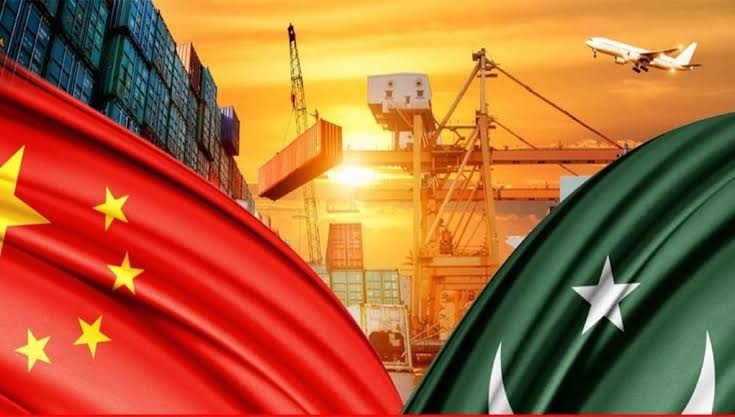China-Pakistan Economic Corridor (CPEC) isn’t an obligation trap as all tasks in the energy area are speculations and credits establish just a little extent of the generally CPEC portfolio, said Dr Ishrat Hussain, consultant to the Prime Minister on Institutional Reforms and Austerity.
Dr Ishrat was talking at a class on ‘Upscaling the financial exercises of CPEC: openings and challenges,’organised by Institute of Regional Studies here.
Dr Ishrat said that the Chinese credits were on concessional paces of 2.34 percent. He saw that finished CPEC energy projects had effectively added 5,320 MW to the force age limit in Pakistan with a venture of $7.9 billion. He added that a limit of 4,440 MW would be added through a venture of another $9.55 billion. He said that the absolute count of all activities under CPEC was around $52 billion. He added that plans for redesigning the transmission and appropriation networks were at that point in the pipeline.
Abid Qaiyum Sulehri, chief, Sustainable Development Policy Institute, asked the public authority to save the Special Economic Zones (SEZs) from turning out to be what he called land zones with no operational/mechanical movement. Refering to some execution issues as to the operationalisation of the Gwadar SEZ, he focused on the requirement for optimizing government dynamic as to SEZs. He likewise called for more noteworthy spotlight on innovative exchange and innovative work coordinated effort among Pakistan and China in the horticulture area, electric vehicles, and digitalisation.
Dr Hussain shared that the Multan-Sukkur Highway had diminished the movement time from Islamabad to Karachi by six hours and with the fulfillment of the Sukkru-Hyderabad segment, it would be decreased by an additional three hours. He was of the view that the development of the arranged ML-1 rail line from Peshawar to Karachi would change the rail routes area in Pakistan.
He called for scattering legends and speculations about CPEC through a comprehension of the ground real factors.
Muhammad Mudassir Tipu, Director General China at the Ministry of Foreign Affairs, named CPEC as a genuinely groundbreaking task the genuine profits of which would just be acknowledged in the long haul. He proceeded with that with the expansion in the force age limit, blackouts in the nation had effectively diminished generously.
Hassan Daud Butt, CEO, the KP Board of Investment and Trade, featured the requirement for countering misperceptions about CPEC. When the Joint Coordination Committee meeting approaches, doubters become dynamic, he said. He called for gaining from the Chinese encounters in China and somewhere else on optimizing the mechanical interaction. He called for copying the ink spot improvement model of China in which advancement is first amassed in a couple of zones and permitted to extend from those throughout some undefined time frame. He said that the inflow of venture would rely upon the speculation environment in the country and the simplicity of working together.
Worldwide turn of events and public strategy proficient Hassaan Khawar was of the view that the difficulties to the upscaling of CPEC could be summed up in the four Cs of limit, setting, consistency and correspondence. Explaining on the four Cs, he said that public area limit as far as encouraging business was fundamental for drawing in venture. He added that one likewise expected to comprehend the setting in which the economy of Pakistan was working, for example, the public setting of IMF conditionalities putting impediments on Pakistan. He said the provincial setting of the Regional Comprehensive Economic Partnership (RCEP) and its effect on CPEC additionally should have been perceived.
















